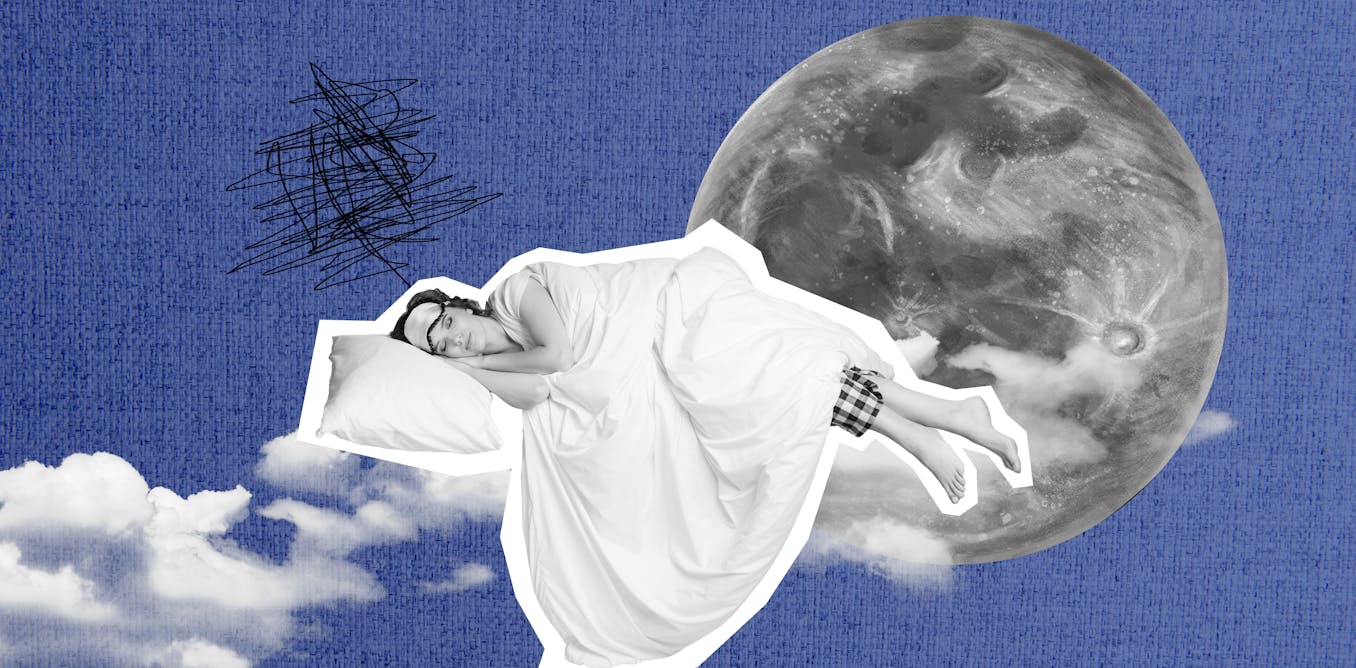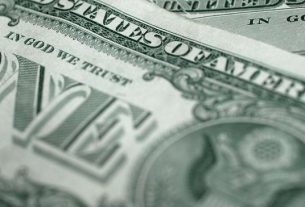People have pondered whether dreams have a purpose throughout human history. Modern scientists are fascinated with this question too.
For a long time the science of dreams has oscillated between fringe research and the mainstream. But creative study designs and new technology are transforming it into an exciting and serious research niche.
Here are four recent breakthroughs that may pave the way for a greater understanding of dreaming.
Lucid dreams
In 2021 an international study showed that two-way communication between a lucid dreamer and a researcher in the lab was possible. In 2024, another study built on this by training lucid dreamers to control a virtual car from within their dreams.
The 12 dreamers in the experiment made slight muscle twitches, which sent a signal to a computer to make the virtual vehicle move forwards or turn. Signals were sent back to the dreamer to inform them of obstacles to try and avoid. Some could move the car well, but others, no matter how hard they tried, could not.
While fascinating, it is still unknown how such technology could be used in everyday life. And the small sample of this study, in part owing to the rarity of skilled lucid dreamers, limit the conclusions we can take from it. But the findings suggest that it may be possible (at least with practice) for some people to make decisions from inside a dream and communicate them to the outside world.
Why do we dream?
Sleep and dreams researcher Mark Blagrove from Swansea University thinks dreams were meant to be shared socially and evolved in humans to enhance emotional intelligence and empathy.
Since 2016, Blagrove has collaborated with artist Julia Lockheart in a dream discussion and illustration group. An audience member is invited to share a recent dream. Blagrove leads the discussion, while Lockheart sketches an interpretation of the dream onto the pages of Sigmund Freud’s book The Interpretation of Dreams.
His 2019 research paper showed that discussing a dream in this way can lead to increased empathy between dream sharer and listeners. Blagrove argues this could have been valuable to ancestral survival in forming significant connections with others.
Other theories about why we dream have begun to emerge in recent years too, and some were discussed at a panel in June 2024 at the International Association for the Study of Dreams (IASD) annual conference. For example, the embodied cognition theory of dreaming, which proposes that dreams prepare us for the cognitive actions of ordinary waking life.
It hasn’t been tested yet but shows a growing scientific interest in the adaptive purpose of dreams.
Insights from long dream series
Michael Schredl of the University of Mannheim in Germany is arguably the most prolific dream researcher today, having published hundreds of articles and books since his career began in the 1990s. He has been keeping a dream journal since the early 1980s. At the IASD conference, he gave a keynote talk analysing over 12,000 of his dreams.
Overall, the patterns seemed to support the continuity hypothesis of dreaming – that our dreams are influenced by events and concerns that are happening in our waking lives.
Schredl believes he is one of the first people to look at weather patterns in dreams. He noticed a steady decline over the years of ice, snow and hail in his dreams. Interestingly, this was similar to the documented declining number of “ice days” (days when the temperature was below 0°C for 24 hours) in Germany since he has been keeping a dream journal. He joked that perhaps the global warming effects are showing up in dreams too, but this could also be influenced by waking concerns about such things.
Another interesting pattern was references to money in dreams. When the Deutsche Mark was the prevailing currency, it occasionally showed up in his dreams over the years, but when the German currency changed to the Euro in 2002, the number of Deutsche Mark references were replaced by references to the Euro.
Long dream series such as this are rare, but they can show how us how intertwined dream content is with our waking lives.
Dream recall
Some people are better at remembering their dreams than others, recalling dreams more frequently and in more detail. For a long time, researchers have tried to determine the reasons and mechanisms for this difference. They’ve looked into factors including personality and attitude towards dreams, general memory ability, and the small physiological signals that happen during certain sleep stages. So far, one of the most consistent predictors of more frequent dream recall has been a positive attitude towards dreaming; if you think dreams are important, you’re probably more motivated to try and remember them more often.
In 2022 French researcher Salomé Blain and their colleagues investigated the role of attention in dream recall, a cognitive skill which is closely connected to memory.
While their participants’ ability to recall dreams did not seem linked to working memory – which temporarily holds information for immediate use – participants with low dream recall were better at ignoring distracting stimuli, and vice versa.
They compared low and high dream recallers in their ability to distinguish whether two melodies (which were both played in the same ear) were different, while a distracting melody was played in the opposite ear.
This suggests that people who are good at remembering dreams may be worse at filtering out irrelevant and distracting information, hence they may notice more of what’s happening in their mind while sleeping.
However, dream recall is a learnable skill. For example, keeping a dream journal can significantly improve dream recall, especially for people who already have quite low dream recollection.



